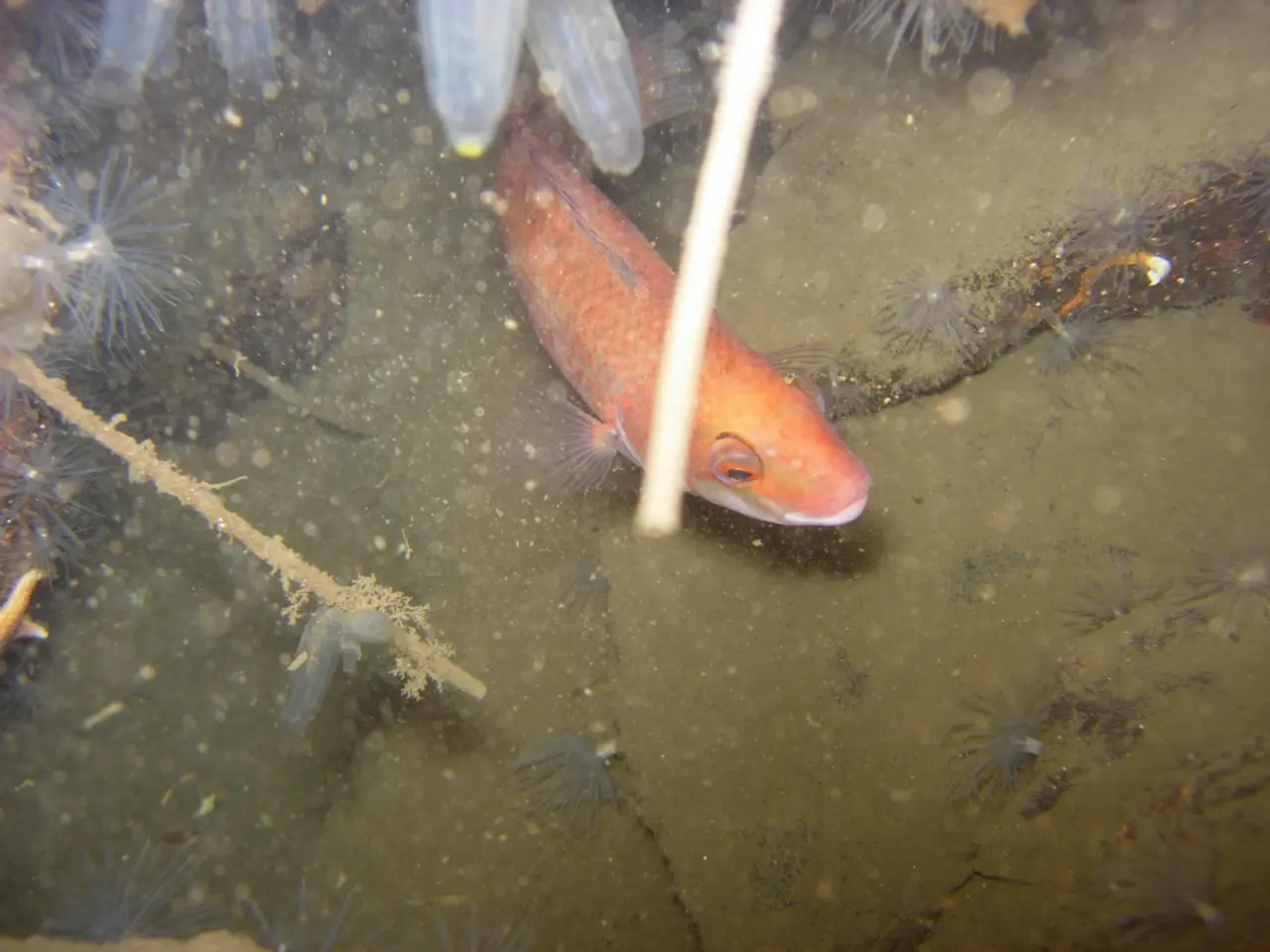High-Profit Catla Fish Farming: A Chance for Farmers to Enhance Their Earnings
In the vast and diverse world of fish farming, one species stands out in India - the Catla. Known for its broad head, silvery body, and large size, Catla is one of the three major Indian carps, along with Rohu and Mrigal. This article explores the best practices for Catla fish farming in composite culture systems, focusing on seed availability, pond preparation, feeding management, growth monitoring, and effective marketing strategies.
Seed Availability:
Traditionally, Catla spawn and fingerlings are available during the monsoon spawning season (June-July). However, advancements like CIFABROODTM, a specialized carp brood diet developed by ICAR-CIFA, have made off-season breeding possible. This innovation produces spawn in December-January, enabling earlier stocking (March-April), ensuring more reliable seed availability beyond the traditional season.
Pond Preparation:
When preparing a pond for Catla farming, it's crucial to consider the soil type, water pH, and depth. Clay or loamy soil is ideal for retaining water. The pond's pH should be maintained between 6.5 and 8.5, and the depth should be 5–6 feet for balanced oxygen levels. A well-designed pond should have proper inlet and outlet structures for water exchange, gentle slopes for easy harvest, and a pond depth that allows for good dissolved oxygen levels, ideally above 5 ppm, for the fish's health.
Stocking in Composite Culture:
Catla is often stocked with other Indian Major Carps like Rohu and Mrigal in polyculture systems. A recommended stocking density is 6,000–8,000 fingerlings per hectare, with Catla seed size around 80–100 mm.
Feeding Practices:
Floating feed pellets are preferred for Catla over sinking feed, as they ensure proper feeding and reduce feed wastage. Feeds with appropriate protein content help improve growth, with formulations like CIFABROODTM also used for broodstock. Achieving an FCR (Feed Conversion Ratio) between 1.5 and 2.0 for semi-intensive systems can be achieved by controlling feed quality and water parameters.
Growth and Harvest:
Catla grows rapidly in the upper pond layer, typically reaching market size in 9 months. Regular monitoring of water quality, fish health, and feed intake optimizes growth. Regular partial water exchange helps maintain water quality.
Marketing:
Catla commands a good market price (~₹160/kg), making it a profitable venture for farmers. Harvesting multiple species at different times ensures continuous income. Building connections with local fish markets and suppliers and aligning harvesting with demand maximizes profitability.
By following these practices, Catla production in composite culture systems can be optimized sustainably, ensuring better yields, cost-efficiency, and year-round seed availability through improved breeding technologies. Farmers are advised to provide supplementary feed to Catla to enhance growth and reduce the culture period. However, sudden changes in temperature, overfeeding, or accumulation of organic waste can lead to stress or mortality in Catla. It's also important to note that Catla does not breed naturally in closed ponds, so hatchery-based breeding is required. Catla is native to the rivers of the Indo-Gangetic plains and prefers freshwater environments such as rivers, ponds, and tanks with clean, warm water.
Finance:
By utilizing innovative breeding technologies like CIFABROODTM, farmers can ensure more reliable seed availability beyond the traditional monsoon season, potentially fetching additional income during off-seasons.
Business:
Building connections with local fish markets and suppliers, and aligning harvesting with demand, can maximize profitability in Catla farming, making it a potentially lucrative business venture.




